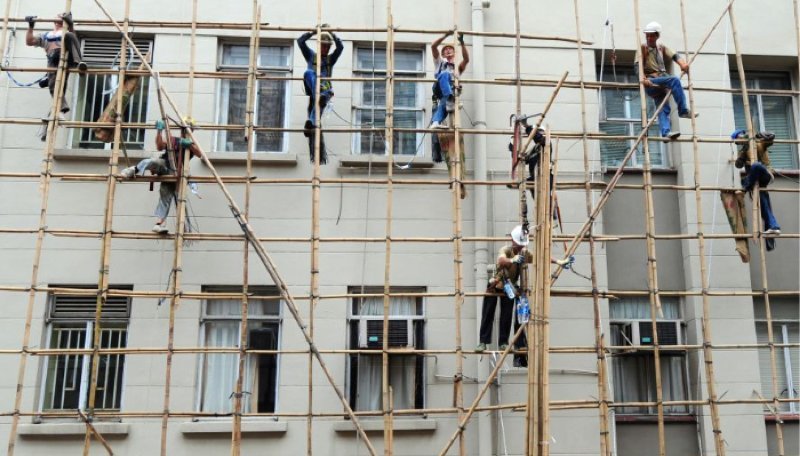Nov . 24, 2024 16:48 Back to list
prefab formwork manufacturers
The Rise of Prefab Formwork Manufacturers in Modern Construction
In the rapidly evolving world of construction, efficiency, sustainability, and innovation have become the cornerstones of successful project execution. Among the myriad of advancements in the field, prefab formwork has emerged as a game-changer. Prefabricated (prefab) formwork consists of pre-made molds used to shape and support concrete as it sets, significantly reducing the time and labor costs associated with traditional construction methods. This article delves into the growing importance of prefab formwork manufacturers, their impact on the construction industry, and the advancements they bring to the table.
Understanding Prefab Formwork
Traditionally, formwork was constructed on-site using wood, metal, or plastic, which required considerable time and labor to erect. The advent of prefab formwork has transformed this process. Manufacturers now produce formwork systems in controlled factory environments, ensuring quality and consistency while allowing for quicker assembly on-site. These systems can be customized to fit specific project requirements, making them versatile for a variety of applications, from residential buildings to large commercial structures.
The Benefits of Prefab Formwork
1. Time Efficiency One of the most significant advantages of using prefab formwork is the reduction in construction time. With pre-assembled components, labor is minimized, and the risk of weather delays is mitigated. This accelerated timeline helps projects stay on schedule, ultimately benefiting all stakeholders involved.
2. Cost Reduction Prefab formwork can lead to substantial savings in labor and material costs. Since the components are mass-produced, the procurement and transportation expenses decrease. Moreover, faster project completion translates into lower overhead costs.
3. Quality Control Manufactured in a controlled environment, prefab components are subject to strict quality standards. This controlled production process reduces defects and variances in the finished product, leading to higher-quality construction outcomes.
4. Sustainability The construction industry faces increasing scrutiny regarding its environmental impact. Prefab formwork manufacturers are addressing this concern by utilizing sustainable materials and processes. The ability to recycle formwork components adds to its eco-friendliness, making it a preferred choice for conscious builders.
prefab formwork manufacturers

Emerging Trends in Prefab Formwork Manufacturing
As the demand for prefab formwork continues to grow, manufacturers are adopting new technologies and practices to stay competitive. Some of the notable trends include
- Digitalization and Automation The integration of advanced technologies such as Building Information Modeling (BIM) allows manufacturers to design and simulate formwork systems accurately. Automation in production processes further enhances efficiency and reduces human error.
- Modular Systems Many manufacturers are now focusing on modular formwork solutions. These systems can be easily adapted or reconfigured for different projects, enhancing their versatility and appeal to a wide range of clients.
- Innovative Materials The development of lighter, yet stronger materials has also been a focus area for prefab formwork manufacturers. Innovations in lightweight concrete and composite materials contribute to more efficient and effective solutions.
Key Players in the Industry
The market for prefab formwork is growing rapidly, with numerous manufacturers emerging worldwide. Notable companies such as PERI, MEVA, and Doka are leading the industry with their state-of-the-art products and solutions. These key players continually invest in research and development to push the boundaries of what prefab formwork can achieve.
Conclusion
Prefab formwork manufacturers are undoubtedly reshaping the future of construction. By embracing innovation and sustainability, they provide solutions that are faster, more cost-effective, and of higher quality than traditional methods. As the global construction landscape continues to evolve, the role of prefab formwork will become increasingly significant, cementing its place as an essential component of modern construction practices. As the industry embraces these advancements, the collaboration between architects, engineers, and manufacturers will only grow stronger, paving the way for a brighter, more efficient future in construction.
-
High-Quality U Head Jack Scaffolding – Reliable Scaffolding Jack Head Manufacturer & Factory
NewsJul.08,2025
-
High-Quality I Beam H20 Leading Timber Beam H20 Material Factory, Exporters & Manufacturers
NewsJul.08,2025
-
High-Quality Powder Coating Steel Formwork - Durable & Corrosion Resistant Solutions
NewsJul.07,2025
-
Inclined Column Formwork Supplier – Durable & Precise Solutions for Unique Structures
NewsJul.07,2025
-
High-Quality Water Stop Solutions Trusted Water Stop Company & Suppliers
NewsJul.07,2025
-
High-Quality Formwork Material Supplier Reliable Manufacturer & Factory Solutions
NewsJul.06,2025